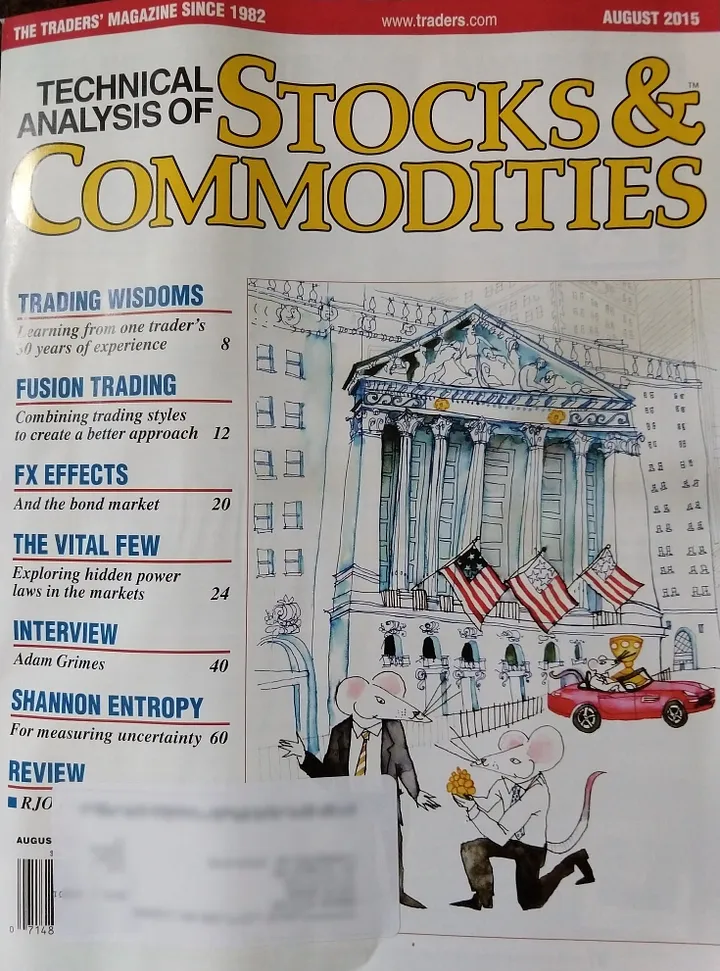This is the first in a series of articles summarizing the monthly trading strategy article in the Technical Analysis of Stocks and Commodities monthly magazine.
System Type: Mean reversion intraday trades that can turn into swing trades
Author of article: Josh DiPietro from https://www.daytraderjosh.com/ and no activity on his Twitter https://twitter.com/Day_Trader_Josh
Josh gives a rough outline of a system he calls “Fusion Trading”. It uses a combination of important price levels on the daily chart with similar levels on the intraday chart. When these levels line up and the price reaches these levels, the setup is in play. Rather than take trades exactly as these levels are hit, he waits until the price continues beyond the level by 25 cents, 50 cents and 1 dollar. The further beyond the price level, the more reliable the trade is. These important daily price levels must have held for 10+ days, so when the price hits them it will have been a quick move to get there. The “fusion” trade is trying to capture a small pullback from that move as it bounces near these important price levels.
Here are some important points about this system:
- Important prices are determined before the market open
- These prices come from four levels: Premarket highs/lows, previous day highs/lows, daily chart highs/lows, newly formed intraday highs/lows
- The price levels are “close” to each other and used to ladder in to a position
- Important to know points for initial entry and then secondary entry points (for example, $0.50, $1.00, and $2.00 below the important price level)
- Has maximum of three tiers for laddering into a position
- Must have a longer term swing price level within $3 of the initial entry point, otherwise not valid
- For intraday trades, he uses different price levels prior to 9:45am than after that time
- Trades only higher priced stocks since they move a lot and are large enough that big institutions are trading them
- As with all “catching a falling knife” trading strategies, you have to be willing to tolerate being in the red a good bit of the time
- He alludes to having previously used $0.15 increments for entry point ladder and profit taking ladder, but switched to $0.50 increments — doesn’t fully explain why
- He has some rules for turning an intraday trade into a swing trade and goes through an example but I didn’t really follow the logic
- Says he has “literally 100 more rules and procedures for capturing the correct entry levels”
My Takeaways
The alignment of daily and intraday levels might be worth pursuing. I could see developing a way to automatically identify these levels and incorporating them into my own systems. It would be interesting to identify these areas and see if performance is correlated to the distance from important daily points. Using them as a filter would, I suspect, drastically reduce the number of trades in the systems I have in mind — especially if combining a swing and intraday price level.
Treating VERY high-priced stocks as a different universe all to their own I think makes sense. It’s probably worth looking at my systems only on high-priced stocks.
Turning intraday trades into swing trades has always made a lot of sense to me but I’ve never found a system that I’ve backtested where the data has shown me a clear path to doing it. Holding a position overnight simply because it hasn’t hit a stop or target that you thought would hit intraday seems like a volatility crap shoot.
